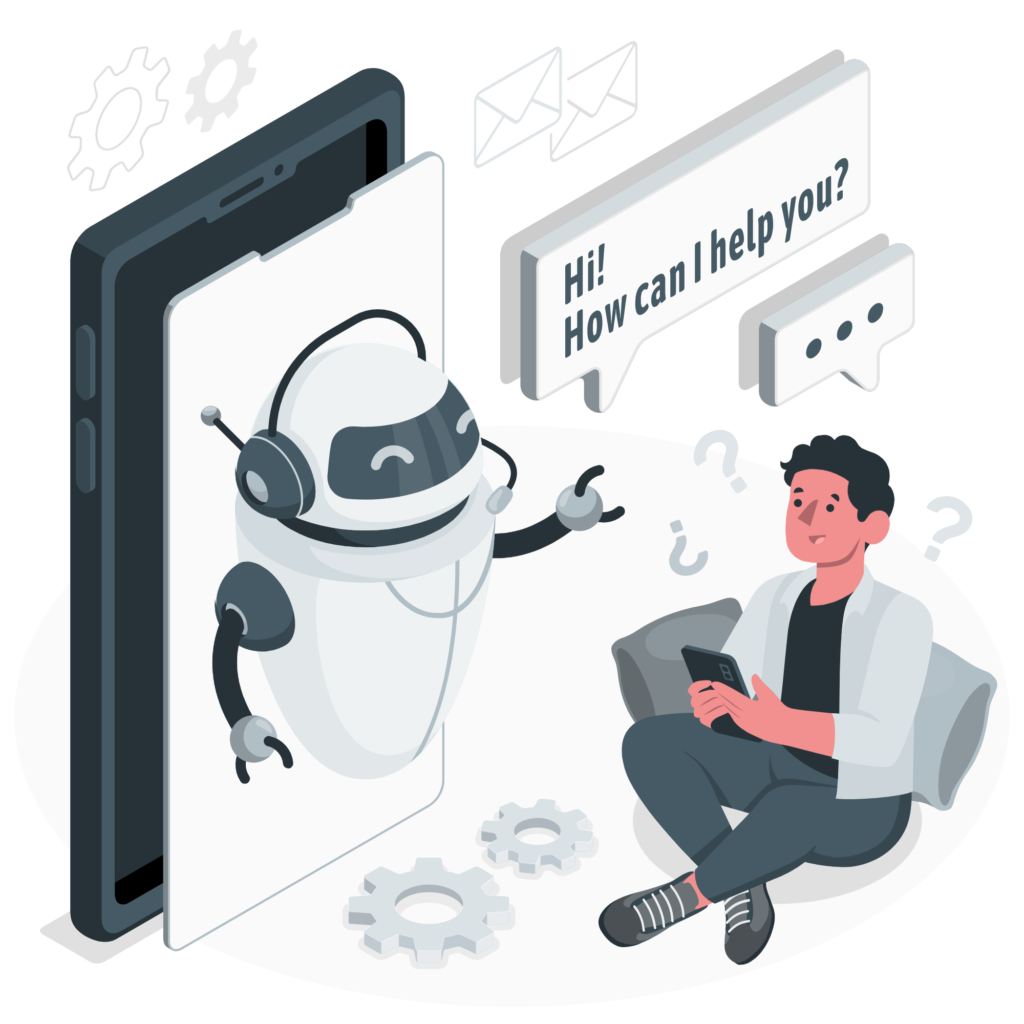Who is the best Bot Framework for Voice Bots?
Voice bots, also known as voice assistants or virtual assistants, are becoming increasingly popular as a means of interacting with devices and services. These AI-powered systems enable users to perform tasks and access information using natural language voice commands, making them a convenient and intuitive way to interact with technology.
There are a number of bot frameworks available for building voice bots, each offering a range of features and capabilities. In this blog post, we will explore some of the best options on the market and compare them with their competitors to help you choose the right framework for your needs. We will also take a look at the roadmap for voice bots in the coming years and discuss the trends and developments that are shaping the future of this technology.
Amazon Lex
One of the leading bot frameworks for voice bots is Amazon Lex. Lex is a cloud-based service that uses natural language understanding (NLU) and automatic speech recognition (ASR) to enable users to build and deploy voice and text chatbots. Lex is integrated with Amazon Web Services (AWS) and offers a range of integrations with other AWS services, such as Lambda and DynamoDB. Lex is also compatible with Amazon’s line of voice assistants, including Alexa and Echo.
Google DialogFlow
Another popular bot framework for voice bots is Google Dialogflow. Dialogflow is a cloud-based service that uses NLU and ASR to enable users to build and deploy voice and text chatbots. Dialogflow is integrated with the Google Cloud platform and offers a range of integrations with other Google services, such as Cloud Functions and Firebase. Dialogflow is also compatible with Google’s line of voice assistants, including Google Assistant and Nest.
Microsoft Bot Framework
A third option for building voice bots is Microsoft Bot Framework. Bot Framework is a cloud-based service that uses NLU and ASR to enable users to build and deploy voice and text chatbots. Bot Framework is integrated with the Microsoft Azure platform and offers a range of integrations with other Azure services, such as Azure Functions and Azure Cosmos DB. Bot Framework is also compatible with Microsoft’s line of voice assistants, including Cortana and Surface Headphones.
When comparing these bot frameworks, it’s important to consider the specific needs and goals of your project. Amazon Lex, Google Dialogflow, and Microsoft Bot Framework all offer strong NLU and ASR capabilities, as well as a range of integrations and compatibility with different voice assistants. However, the specific features and capabilities of each framework may vary, so it’s worth taking the time to evaluate which one is the best fit for your project.
Looking ahead to 2023-2025, the roadmap for voice bots is likely to be shaped by a number of key trends and developments. One major trend is the increasing use of AI and machine learning to enhance the capabilities of voice assistants. As AI technologies continue to advance, voice assistants are expected to become more sophisticated and capable of handling a wider range of tasks and requests.
Another key trend is the integration of voice assistants with other business tools and platforms. As more and more companies adopt voice assistants as a means of interacting with customers and employees, the ability to seamlessly integrate these systems with other tools and platforms will become increasingly important.
Overall, the future of voice bots looks bright, with a range of exciting trends and developments on the horizon. Whether it’s the rise of AI and machine learning, the integration of different tools and platforms, or the adoption of voice assistants in new industries and sectors, these developments are set to shape the way we interact with technology in the coming years.

